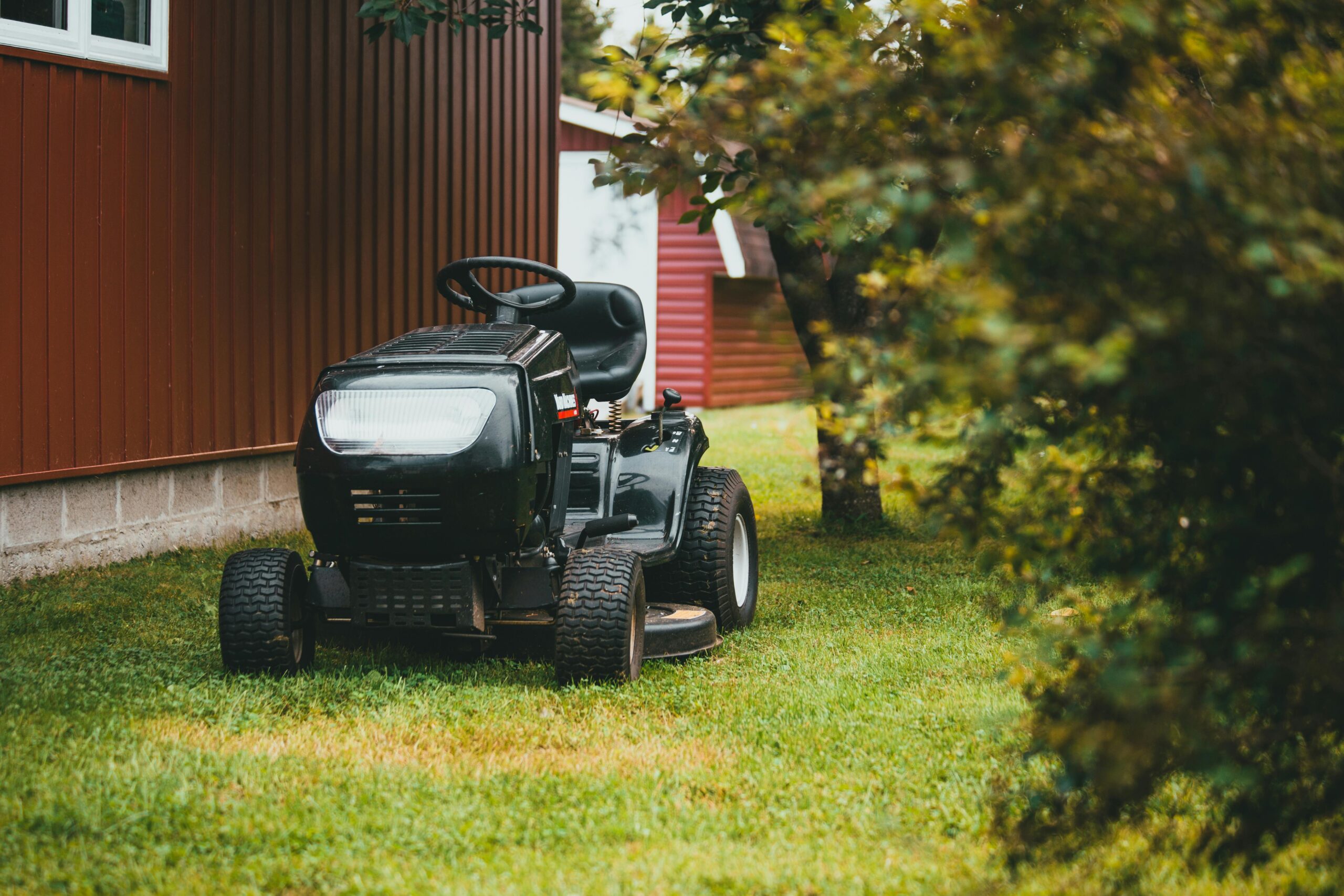
Lawn mowers have evolved from simple manual machines to sophisticated, technologically advanced equipment, offering a wide range of options to suit various lawn sizes and maintenance preferences.
Maintaining a well-manicured lawn has long been a symbol of pride for homeowners and a testament to their commitment to a beautiful outdoor space. Central to this effort is the humble yet indispensable tool known as the lawn mower and this article is about the same.
Table of Contents
Evolution of Lawn Mowers
Who must have invented this vital tool? Well, the history of lawn mowers dates back to the early 19th century when the first mechanical lawn mower was invented.
Edwin Budding, an English engineer, is credited with designing the first reel lawn mower in 1830. This early mower featured a series of blades arranged in a cylindrical pattern and was pushed manually to cut grass. Budding’s invention revolutionized lawn care, making it easier and more efficient compared to traditional methods like scythes and grazing animals.
As the demand for well-kept lawns grew, so did the need for more efficient mowing solutions. In the late 19th and early 20th centuries, gasoline-powered lawnmowers emerged, offering greater cutting power and the ability to cover larger areas. These mowers were typically equipped with internal combustion engines, making them suitable for residential and commercial use alike.
The mid-20th century saw further advancements with the introduction of electric lawnmowers. These mowers eliminated the need for gasoline and featured quieter operation, making them more environmentally friendly and suitable for urban areas. Electric mowers come in corded and cordless variants, offering flexibility based on the user’s preferences and the size of the lawn.
Types of Lawn Mowers
Reel Mowers
Reel mowers, also known as cylinder mowers, operate using a rotating cylinder with multiple blades that cut against a fixed blade. They are often preferred for their precise cutting ability, making them ideal for maintaining a fine, manicured lawn. Reel mowers are typically manual but can also be powered by electricity.
Rotary Mowers
Rotary mowers are the most common type of lawn mower used today. They feature a horizontal blade that spins at high speeds, cutting the grass in a chopping motion. Rotary mowers are versatile and can handle various grass lengths and types, making them suitable for most residential lawns.
Riding Mowers
Riding mowers, also known as lawn tractors or garden tractors, are designed for larger lawns and commercial use. They feature a seat for the operator, a steering wheel, and controls to maneuver the mower across the lawn. Riding mowers are available in both rear-engine and front-engine configurations, with varying cutting widths and features.
Zero-Turn Mowers
Zero-turn mowers are a specialized type of riding mower known for their exceptional maneuverability. They feature a zero-degree turning radius, allowing them to turn in place without leaving uncut grass or making additional passes. Zero-turn mowers are popular for their efficiency in large, open areas with obstacles.
Push Mowers
Push mowers are manual or electric mowers that require the user to push them across the lawn. While manual push mowers are simple and eco-friendly, electric push mowers offer the convenience of motorized operation without the need for gasoline.
Self-Propelled Mowers
Self-propelled mowers are powered by an engine or electric motor and feature a drive system that propels the mower forward, reducing the effort required by the user. They are popular for larger lawns or hilly terrain where pushing a mower manually would be strenuous.
Choosing the Right Lawn Mower
Selecting the right lawn mower depends on several factors, including the size of your lawn, terrain, desired cutting height, and personal preferences. For smaller lawns with a fine cut, reel mowers or electric mowers can provide excellent results while being environmentally friendly. Rotary mowers, especially self-propelled models, are versatile and suitable for medium to large lawns with varying grass types.
For large properties or commercial use, riding mowers or zero-turn mowers offer the efficiency and power needed to maintain expansive areas effectively. Consider factors such as cutting width, engine power, grass disposal options (bagging, mulching, or side discharge), and additional features like adjustable cutting height and ergonomic design when choosing a lawn mower.
Maintenance and Care
Proper maintenance is crucial to keep your lawn mower in optimal condition and ensure a long service life. Regular maintenance tasks include:
- Cleaning the mower deck and blades after each use to prevent grass buildup and corrosion.
- Sharpening blades periodically for clean and efficient cutting.
- Checking and changing oil (for gasoline-powered mowers) and batteries (for electric mowers) as per manufacturer recommendations.
- Inspecting belts, filters, and spark plugs for wear and replacing them as needed.
- Storing the mower in a dry, sheltered area to protect it from the elements.
By following recommended maintenance practices and using the appropriate mower for your lawn’s needs, you can enjoy a well-maintained lawn throughout the mowing season and beyond.
Conclusion
Lawn mowers have come a long way since their humble beginnings, offering a wide range of options to suit different lawn sizes, terrain types, and user preferences. From manual reel mowers to high-powered riding mowers and zero-turn models, there is a mower for every lawn care need. Understanding the evolution, types, and maintenance requirements of lawn mowers can help homeowners make informed decisions and achieve a beautiful, healthy lawn with ease.